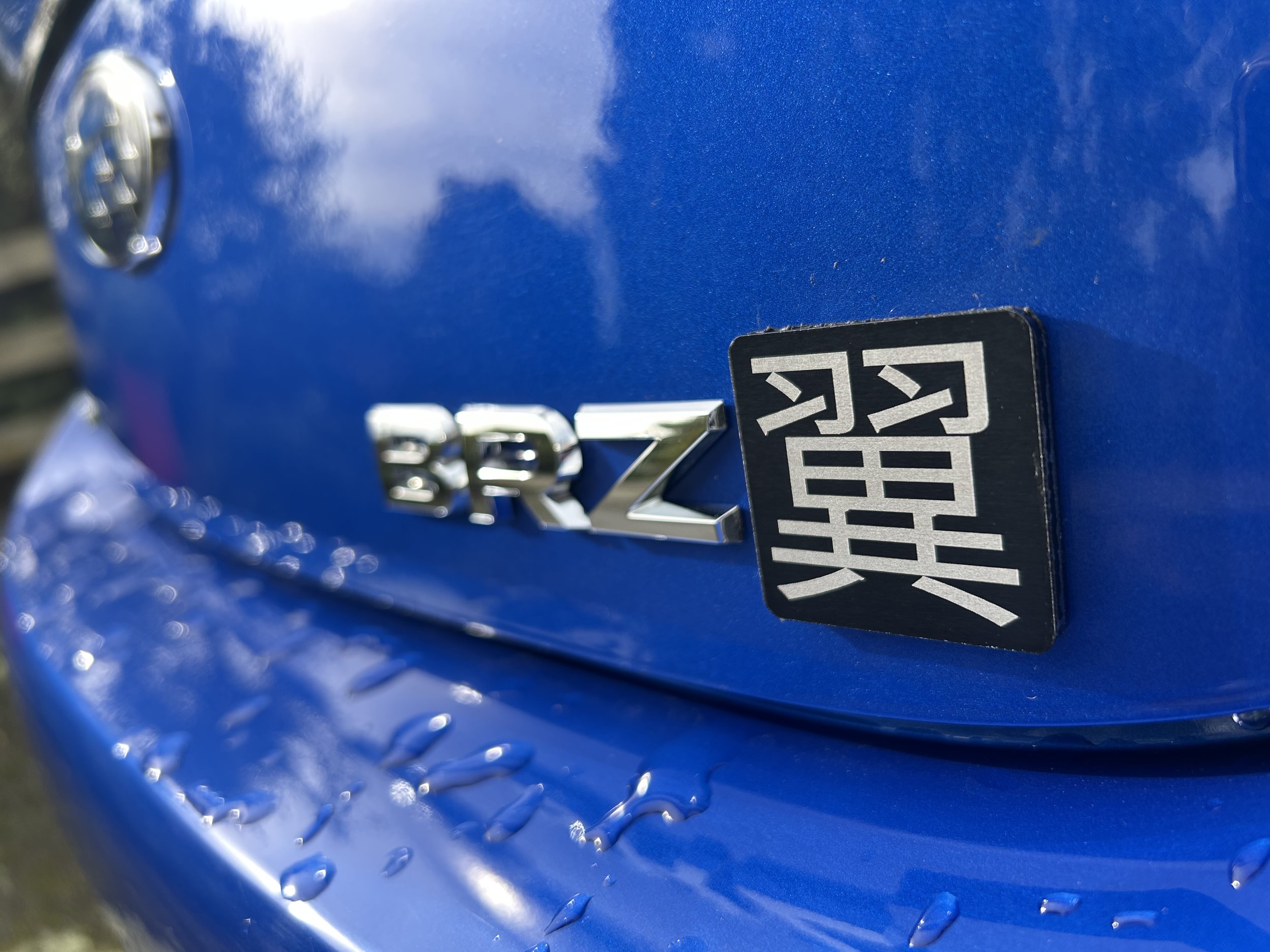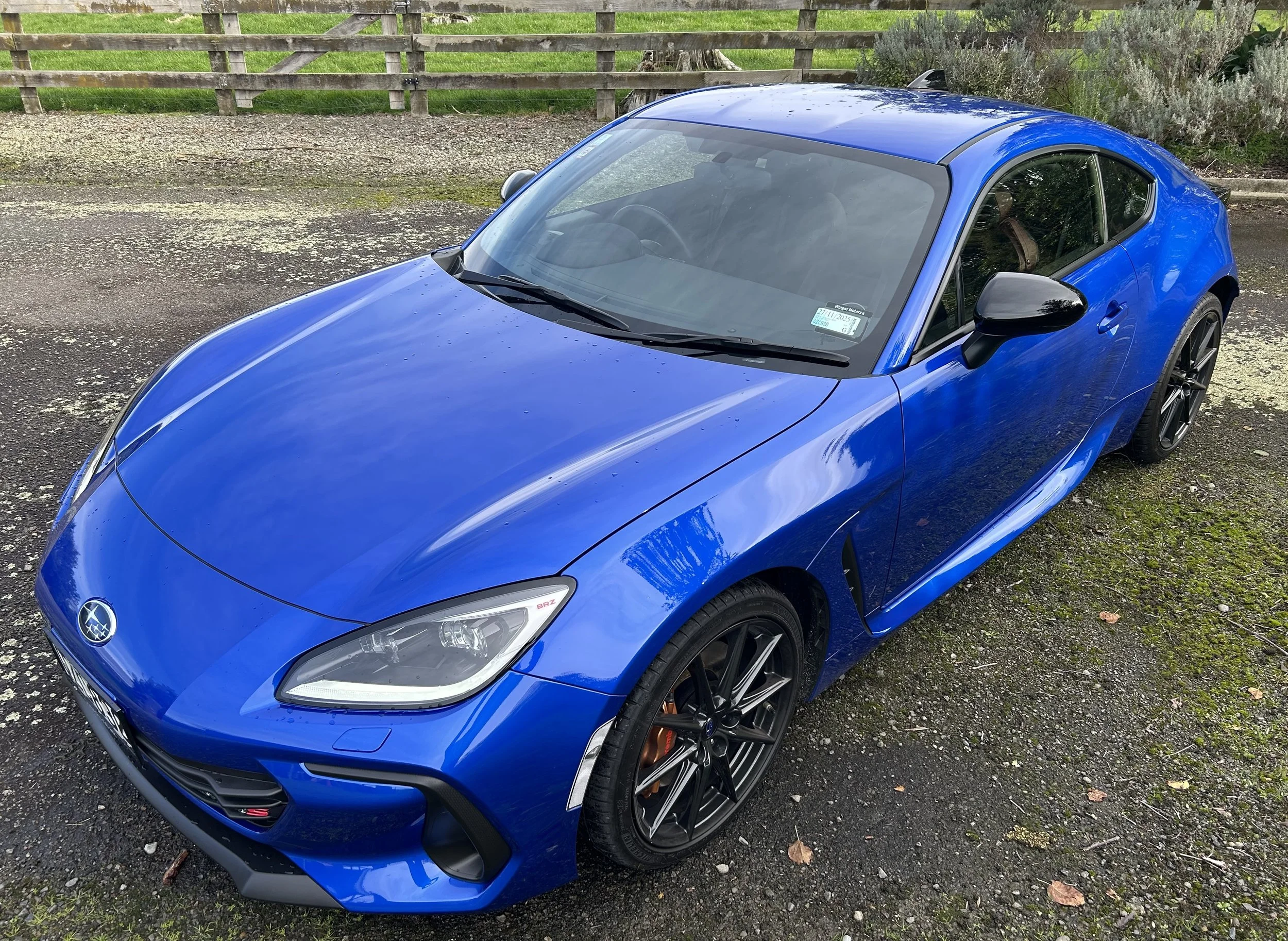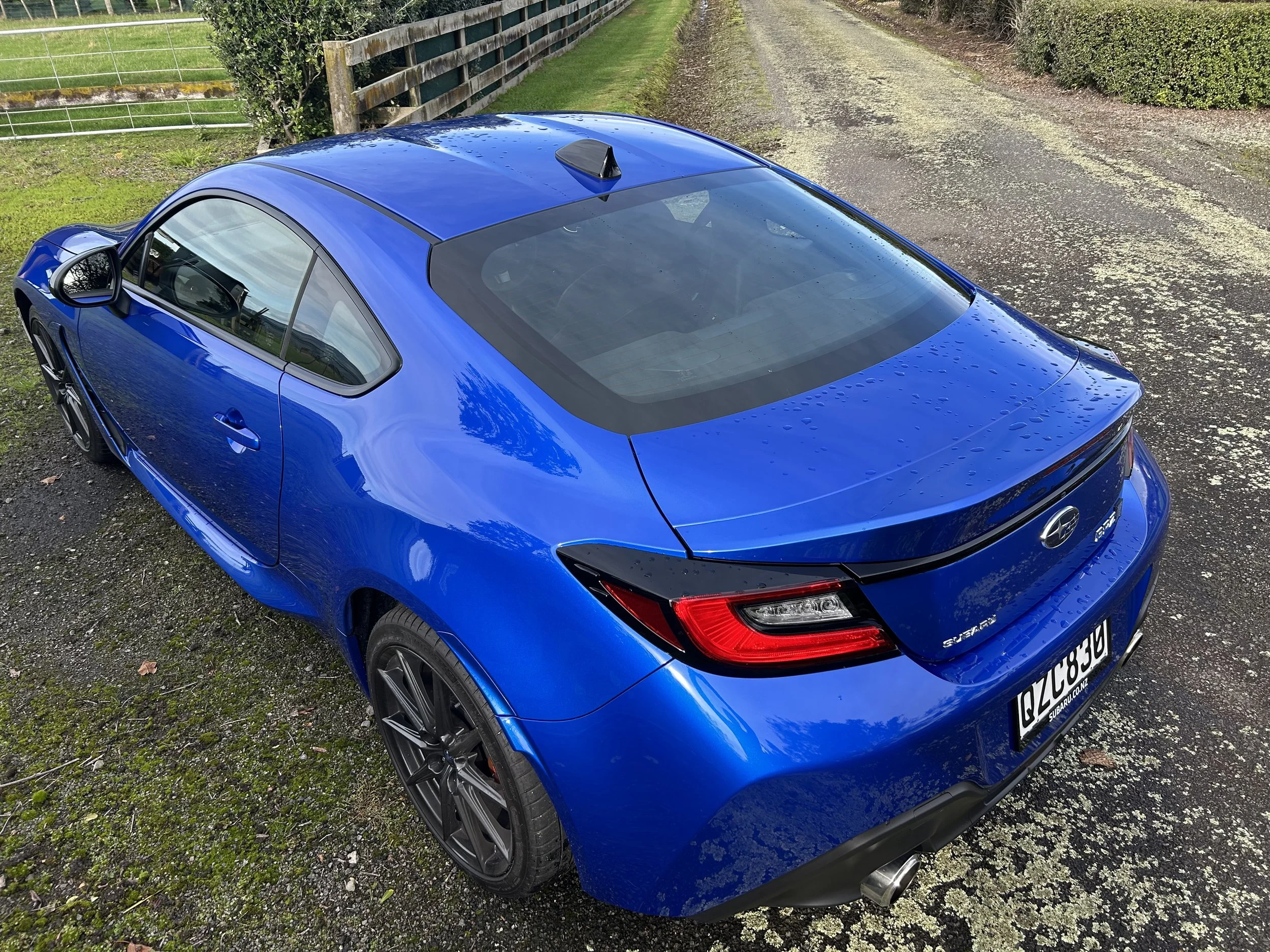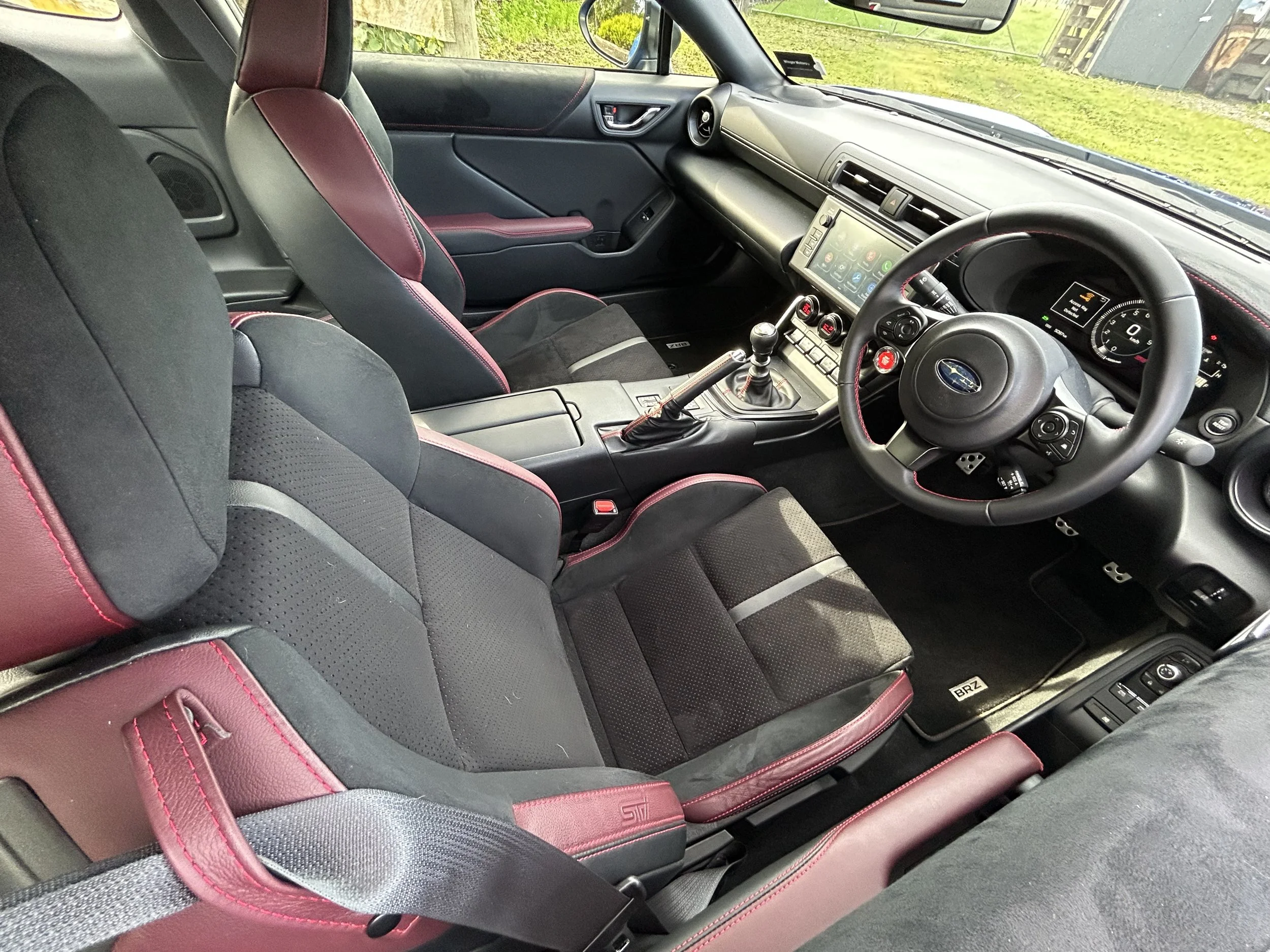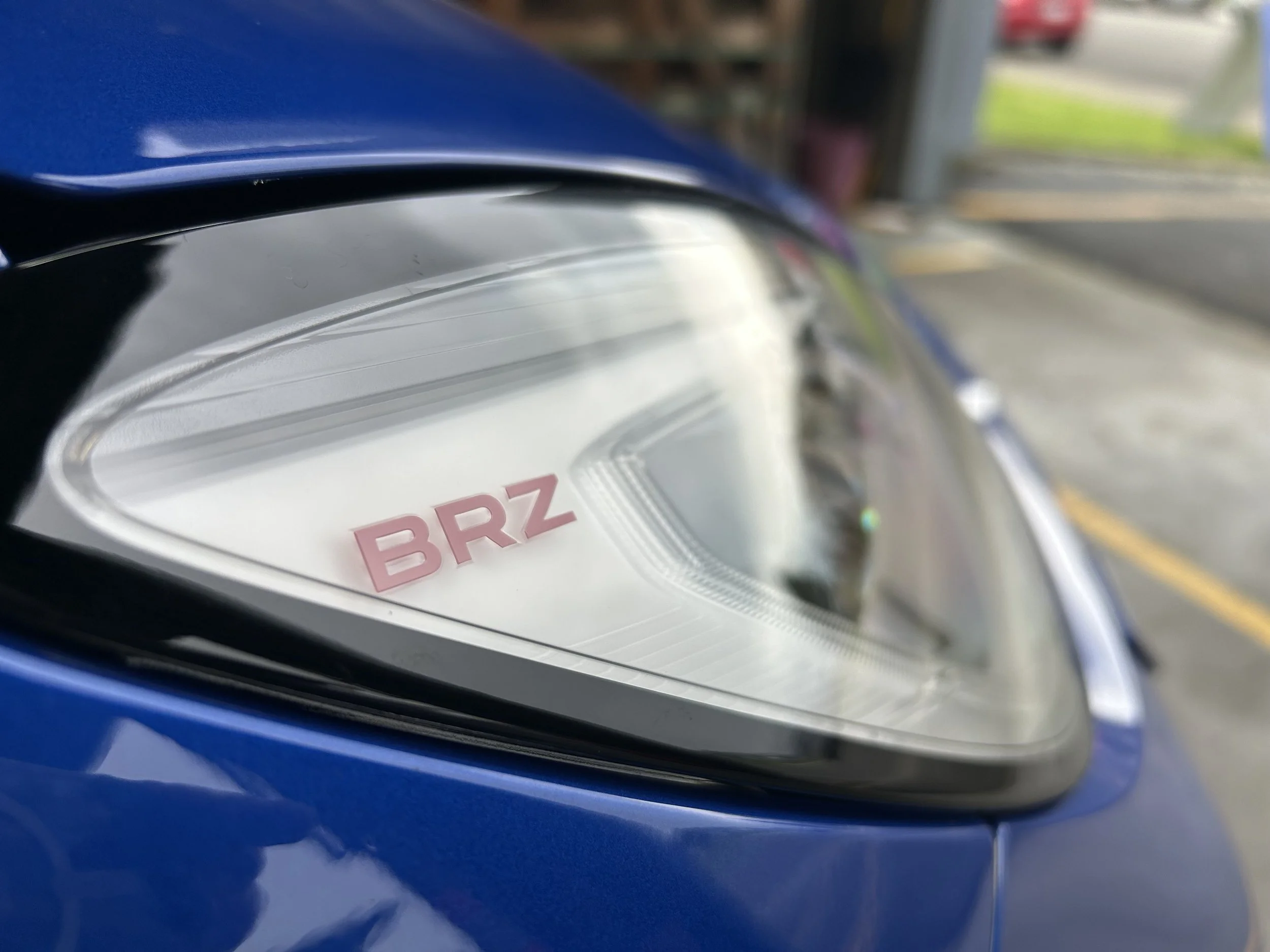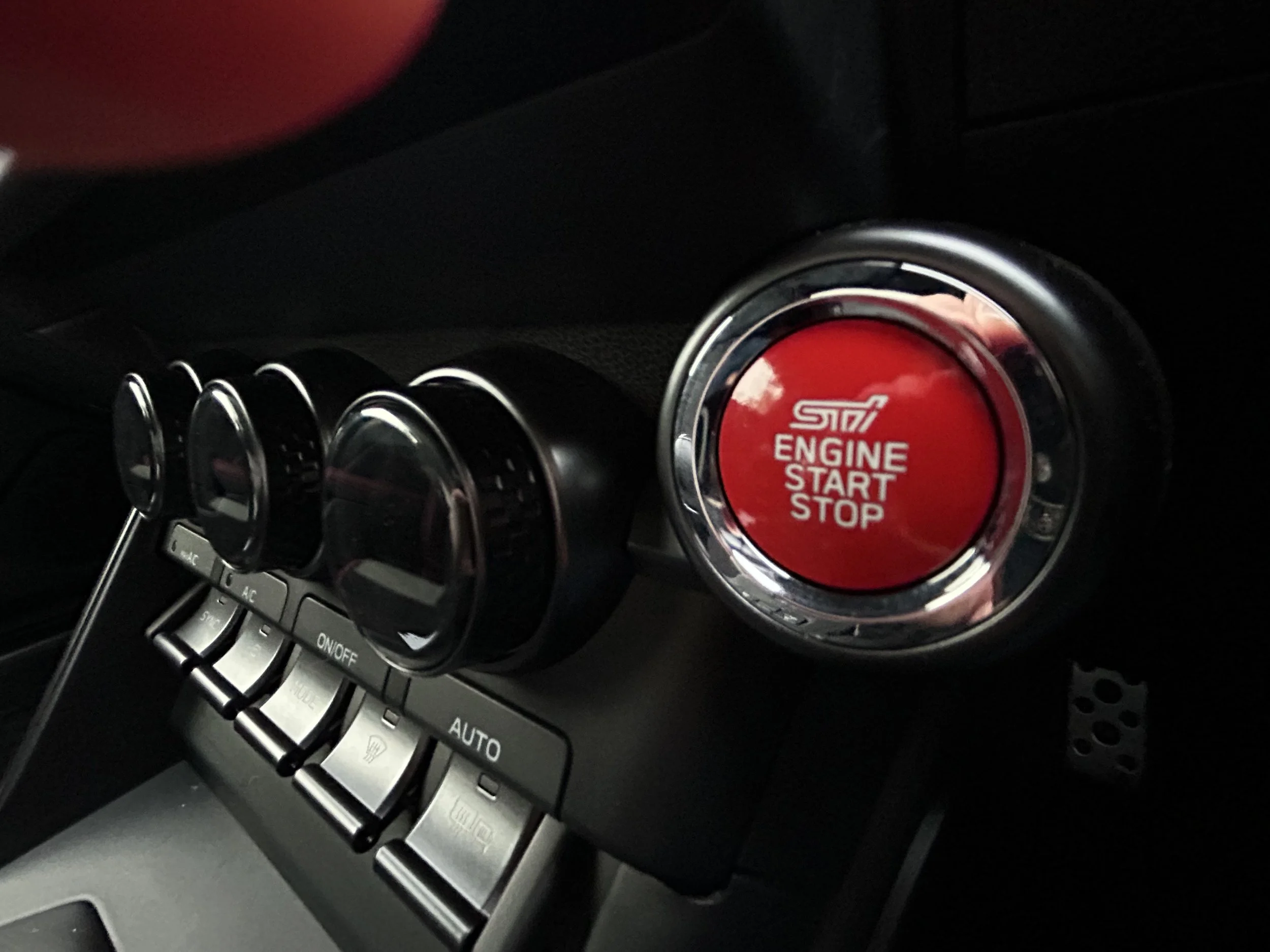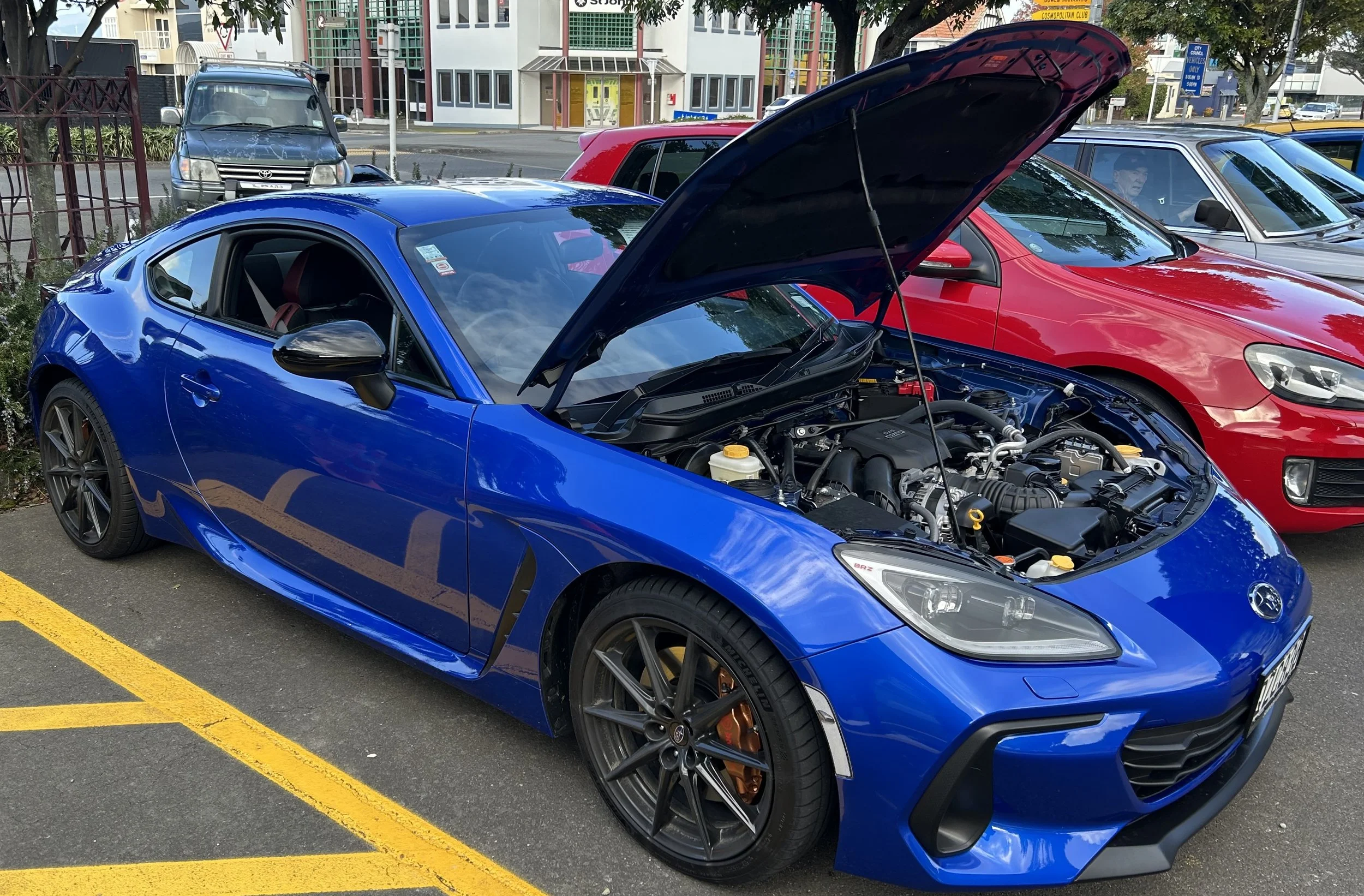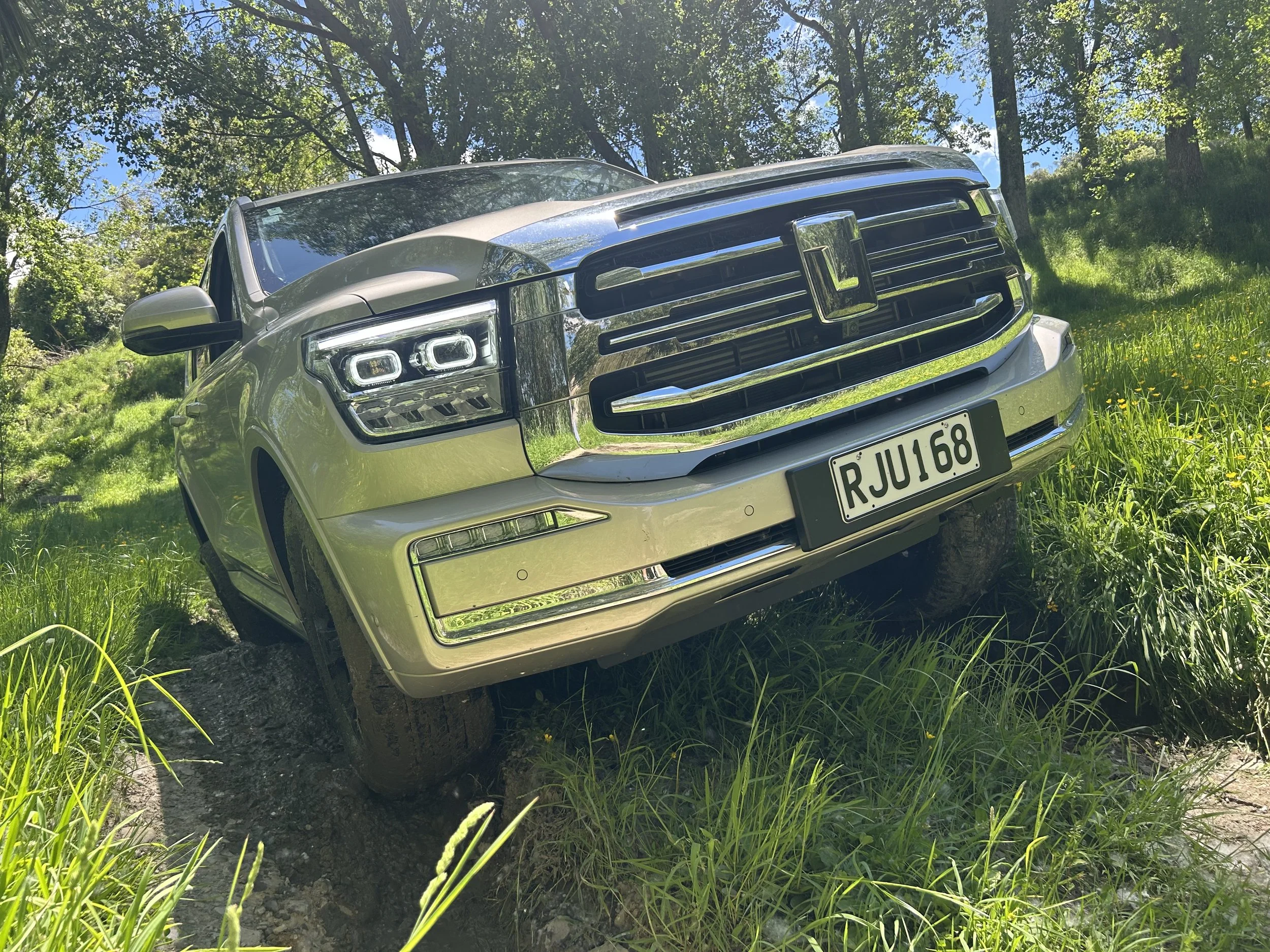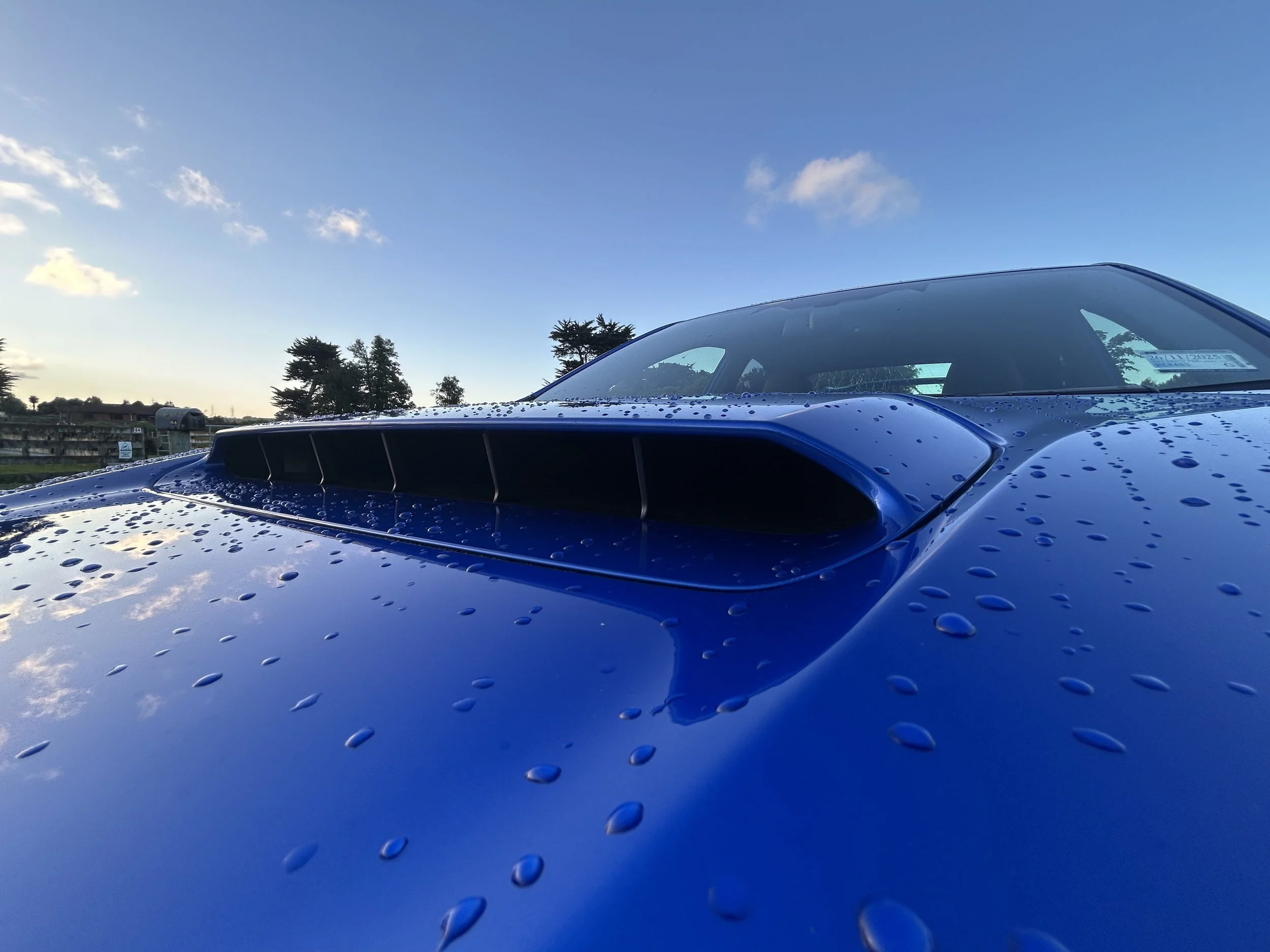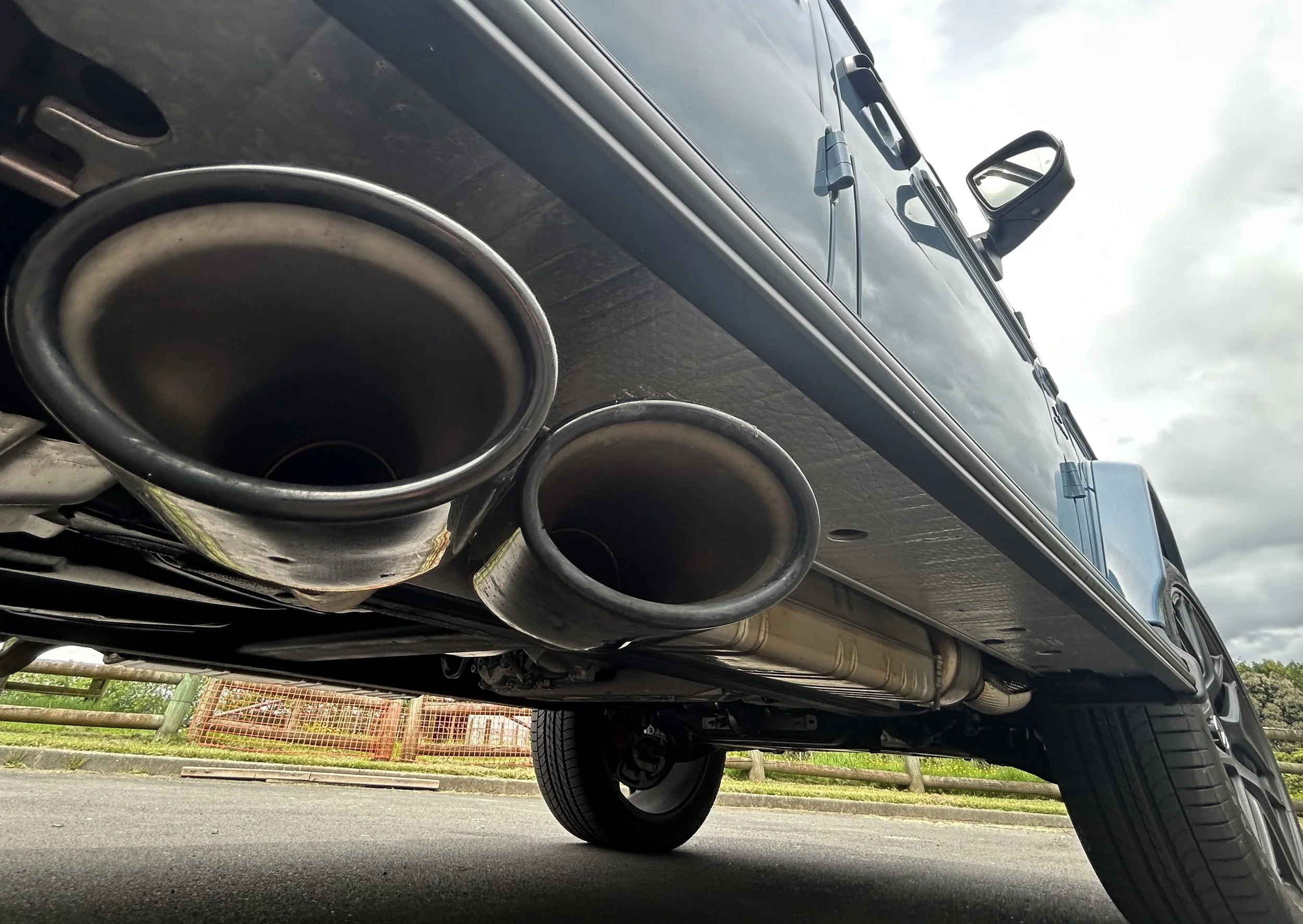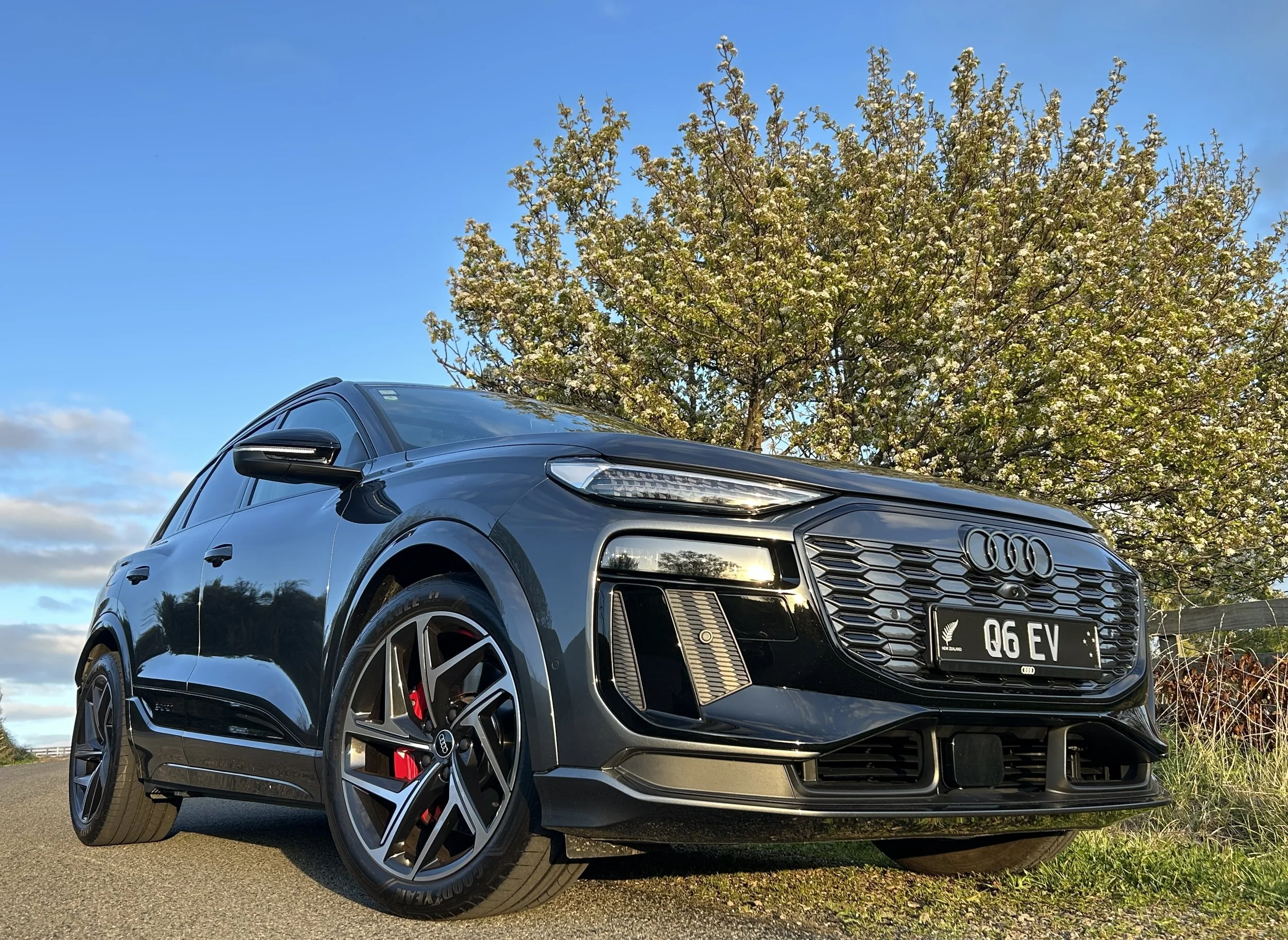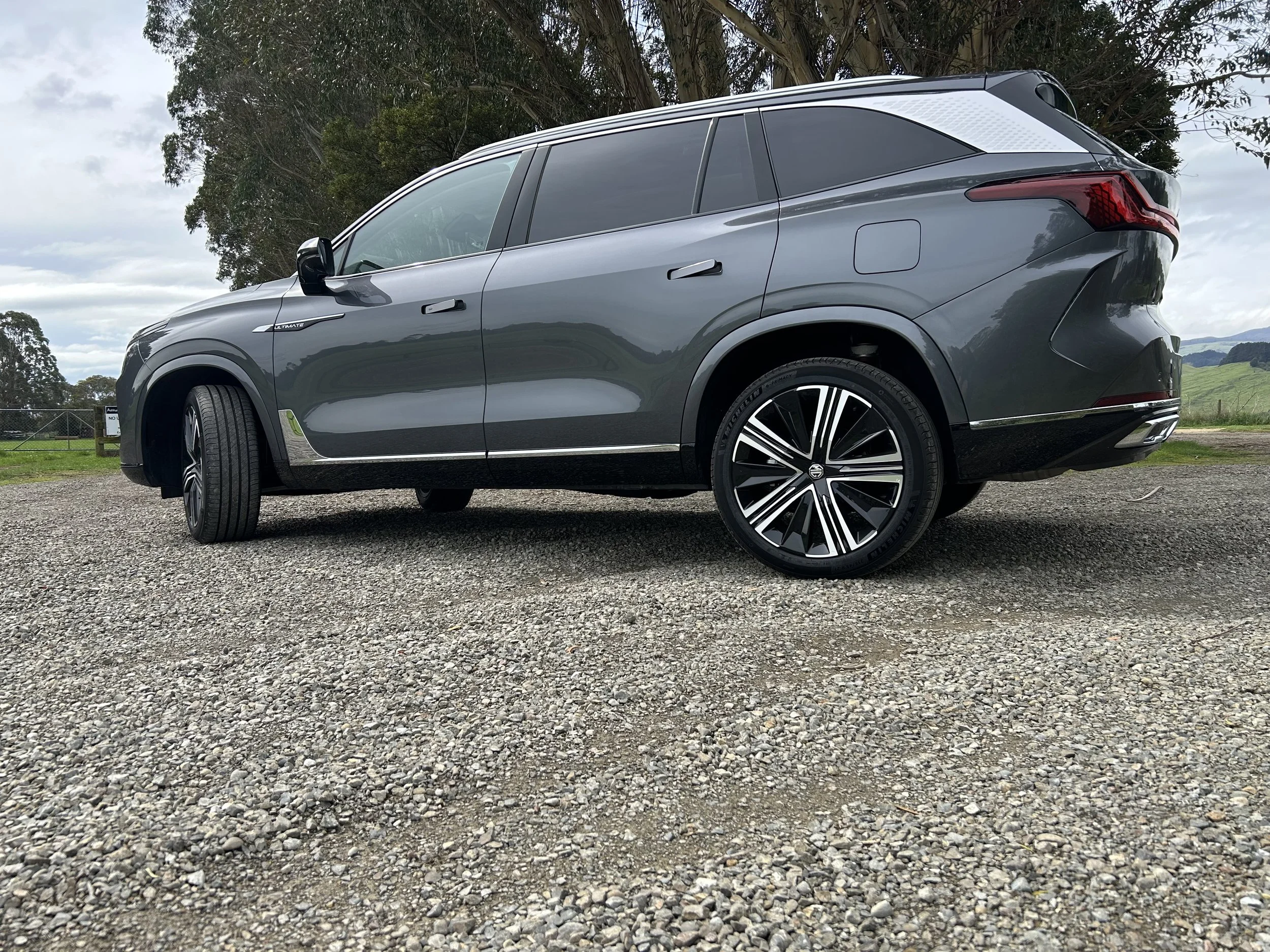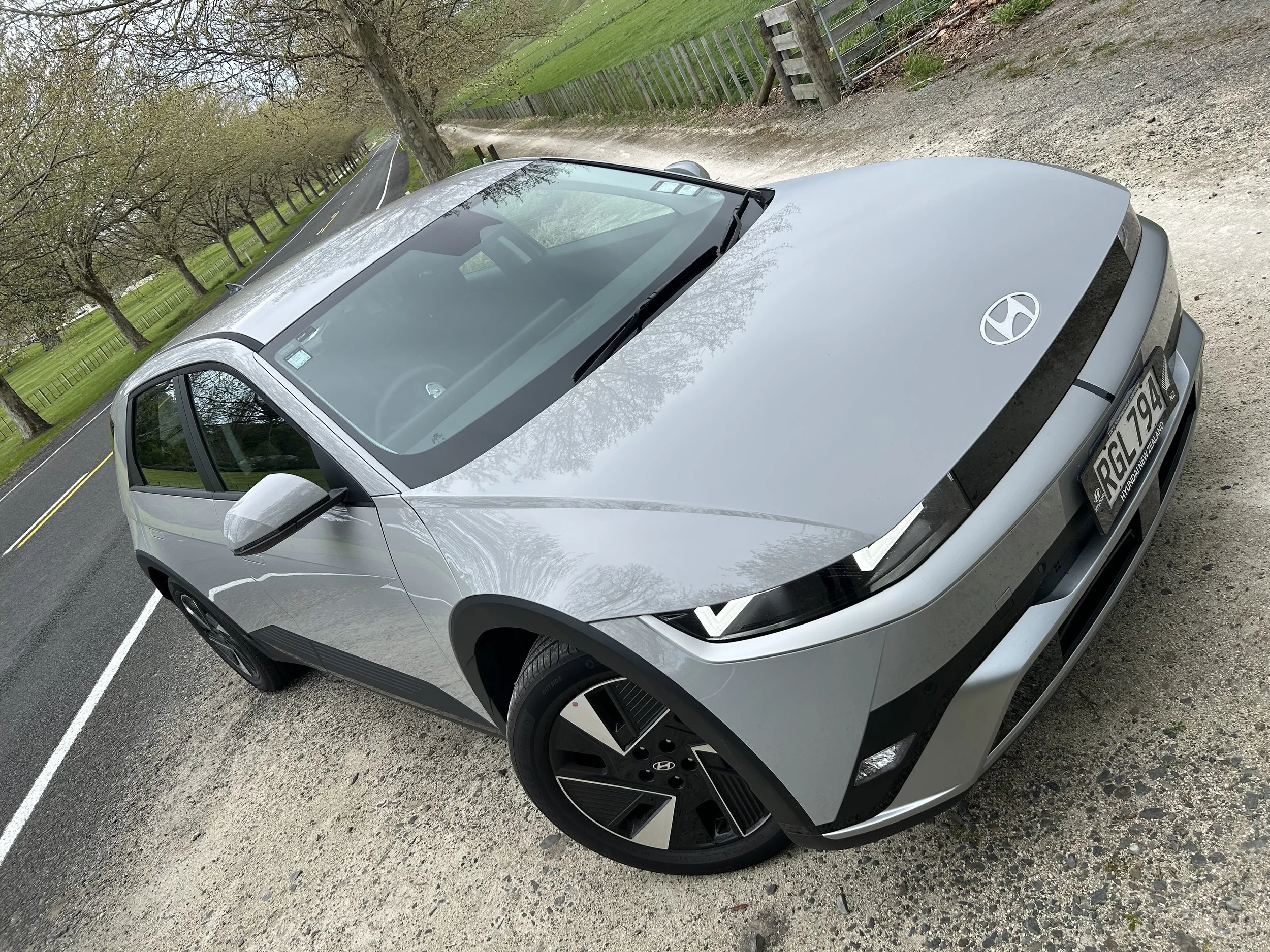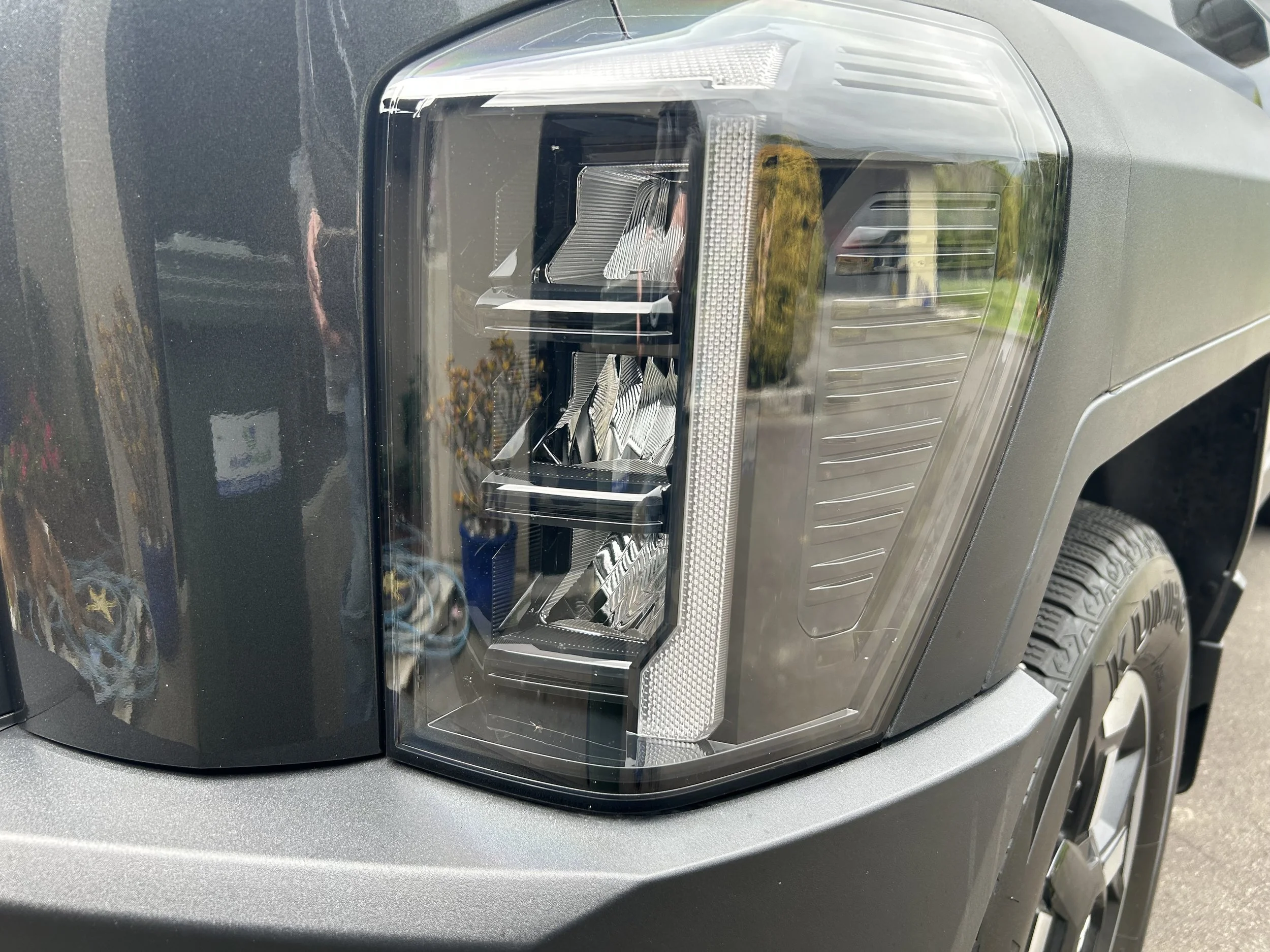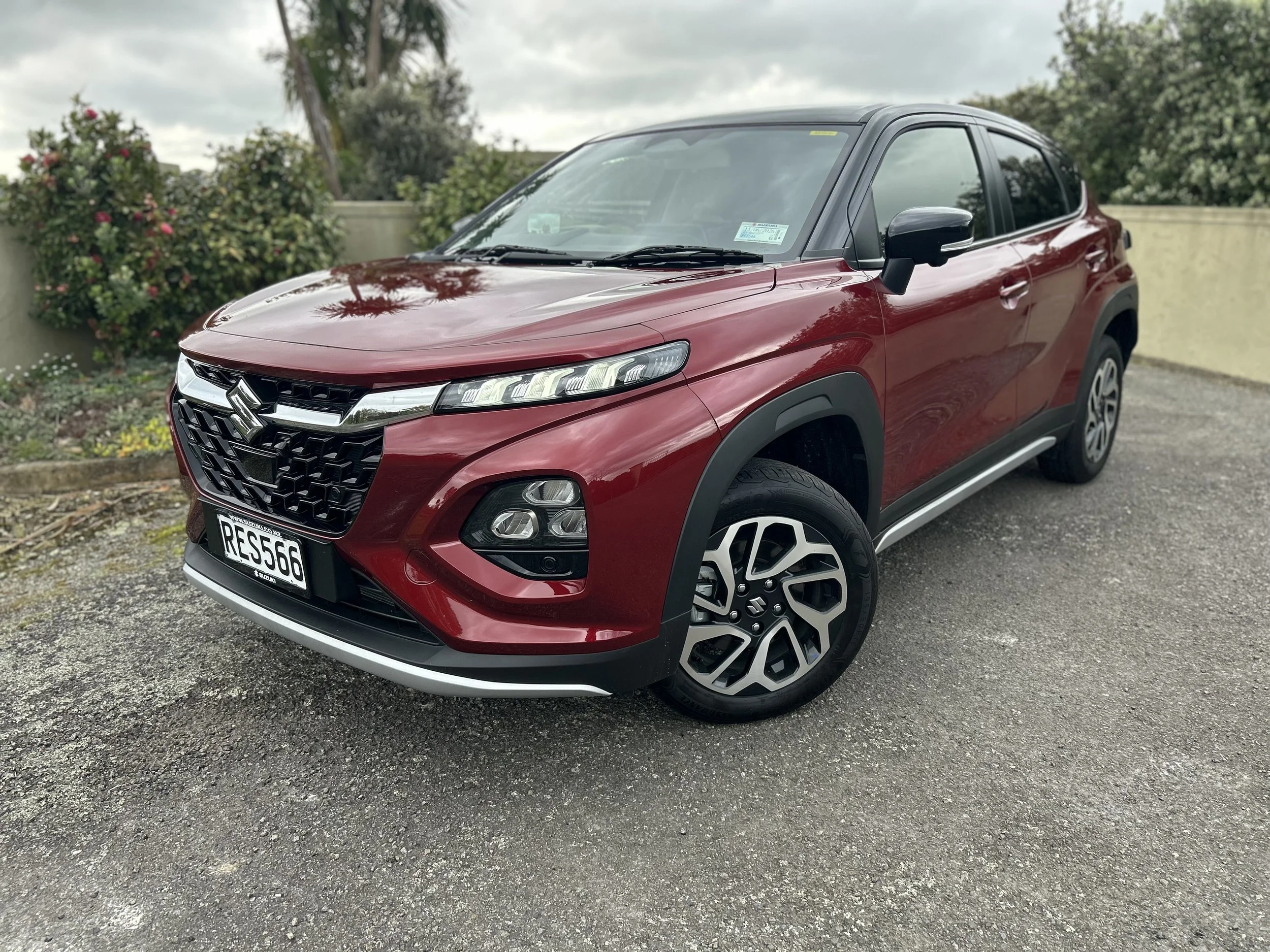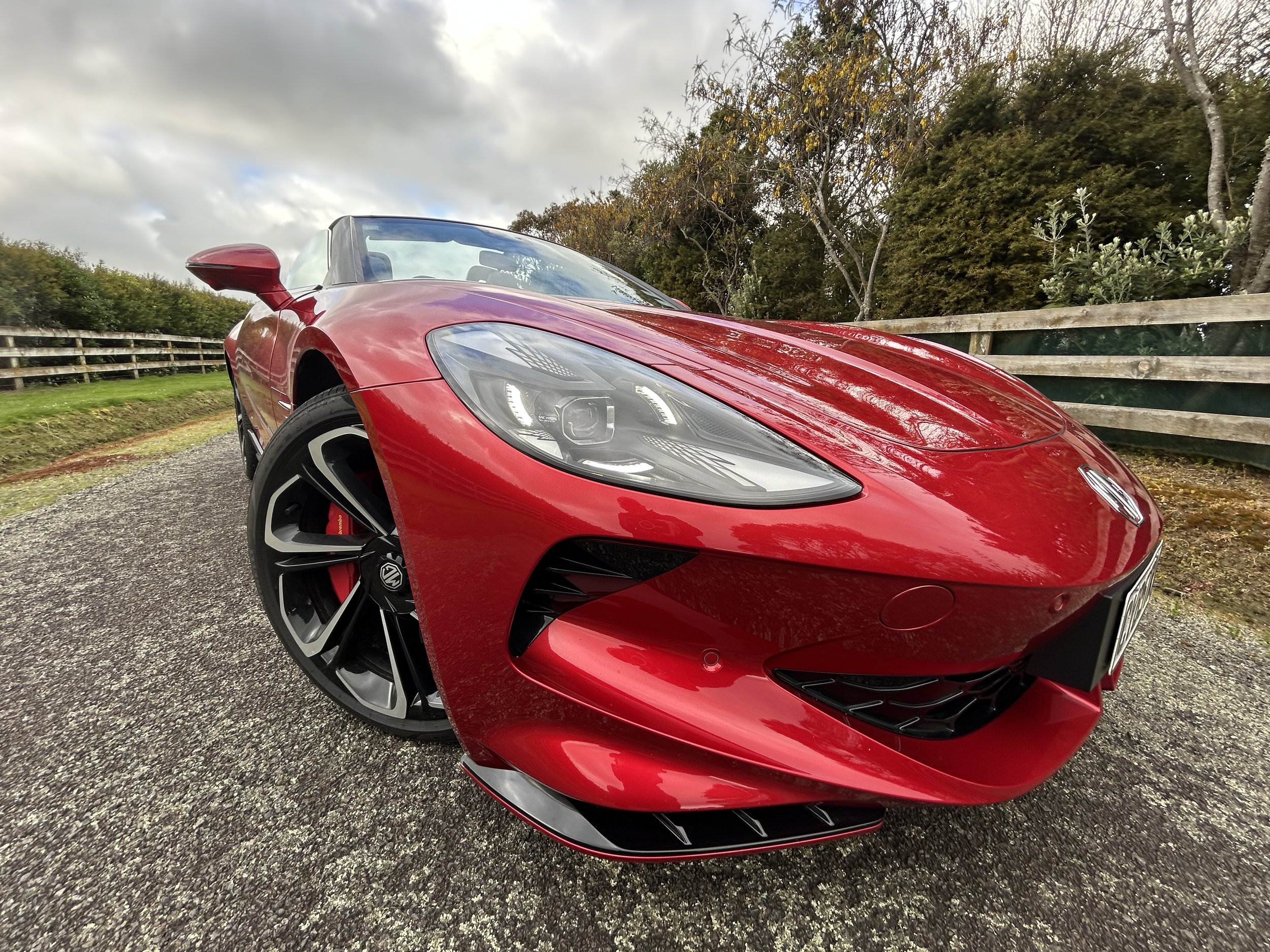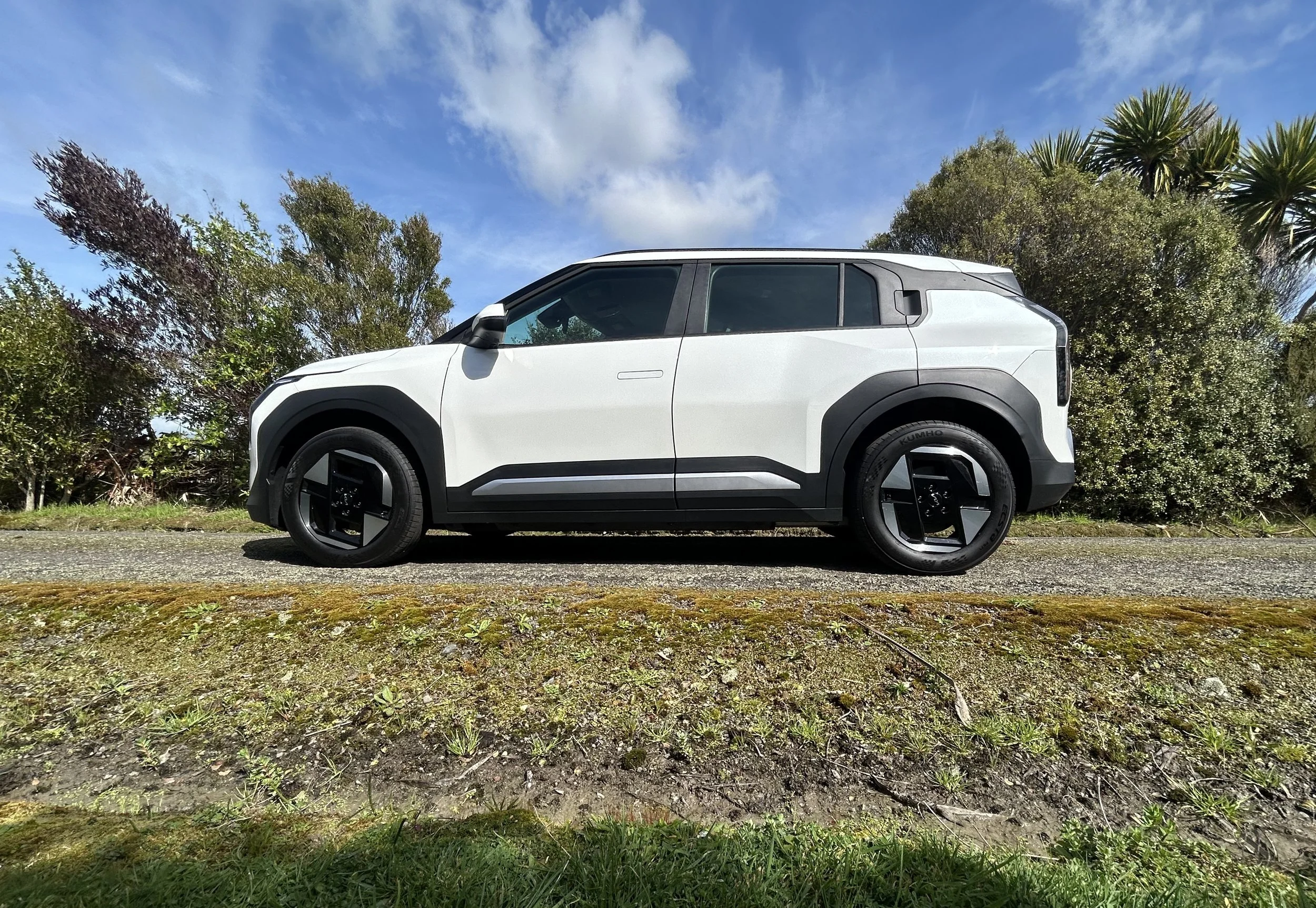Subaru BRZ tS Tsubasa road test review: Brilliance done better
/It’s building on the driver-focused foundations of the previous edition, but as before unlocking the best it has demands dedication.
Price: $59,990
Powertrain: 2.4-litre naturally-aspirated four-cylinder, 174kW/250Nm; six-speed manual, rear drive.
How big: 4265mm long; 1775mm wide; 1310mm high.
We like: That it’s here; that it is so totally driver-centric; brand determination to keep driving highly entertaining but safe.
Not so much: A bit more flair to the cabin would be nice; significant road noise; there surely must be some way of making it sound more suitably sporty?
HERE’S the Subaru that maintains presence in the motorsport scene without having to directly involve.
Back in the day, when ‘Subaru Technica international’ first made it big, it was very publicly in top tier rallying, with headlines aplenty thanks to the successes of Bourne, McRae, Burns, Solberg and others.
If that seems all so last century, it’s because it largely was. Time flies faster than a WRC WRX STi through Ouninpohja.
WRX is taking a rest from headline sport right now, but talk is the single most famous car is a stayer for the brand and will be reborn in all its famous feral form in the future Subaru family. Albeit probably with electric enhancing the potency.
Right now, STi’s competition heritage is being kept alive … by another. Everyone knows how Toyota and Subaru got together to create a sports coupe back in 2012, then kept the band together for a second album, released in 2021.
Toyota’s GR86 has just wrapped up its debut season in a national series; regardless of one or two glitches - gearboxes that reveal no weakness in road use are more fragile, it seems, when constantly flat-shifted with no clutch involved - overall it revealed to be even better for circuit usefulness than the first gen car.
Is that good for the BRZ? The competition is just for the GR86 because Toyota New Zealand funds it. Yet its highly probable Subaru will reap reflected glory nonetheless.
These sister models are, after all, all but twins, both built at Subaru's Gunma, Japan, factory, both holding identical price tags.
The ethos driving the BRZ/GR86 is the same that fuels Japan’s world-famous roadster, the Mazda MX-5. Intrinsic appeal is not about high power figures or quick sprint times. It’s the vibe.
Consider yourself lucky if you see this Subaru, all the same, especially if the population pins to the limited edition that has landed recently. Even if it doesn’t, statistical fact is the Kiwi buy-in to this genre is lamentably niche. Shame on us.
Rarity isn’t new. The first generation type was a short-term stayer here, having been cold-heartedly squeezed out by Toyota’s aggressive pricing.
Subaru NZ was for so long so insistent in saying it had no interest in risking a repeat that it was a great surprise when it announced last December that the new BRZ would come after all.
What’s become the Tsubasa - a Japanese kanji script word that translates to ‘wings’ - looks pretty good.
It’s basically a tS, the higher-specced of two editions Subaru presents, which takes Brembo brakes, the more circuit-suited of two factory-favoured tyres kept on the factory shelf, 215/40 R18 Michelin Pilots, and a six-speed manual.
Every example is, of course, in World Rally Blue (K7X if you need the code). A hue which all those years ago started out as a needs-must to seal a primary WRC sponsorship deal with a cigarette brand is now firmly associated with any performance Subaru and still looks smart.
If BRZ was to adhere totally to full historic context, it would also have gold wheels. It doesn’t but, as the rim style is ‘rally-era right’, any owner in the mood for reviving those special days could easily sort this.
Tsubasa has sold as a ‘special edition’, each numbered and with a presentation box for the key. All 10 were allocated well before arrival in May. They’re presumably all tucked up somewhere, set aside for special use.
Meantime, there’s this one. Before signing off Tsubasa, Subaru NZ needed to get a handle on what the factory could provision. Hence this car driven today; the original evaluation unit, No.11 of the 10. A ghost car if you like.
I’m pretty sure I saw it at the opening round of the GR86 championship at Taupo last November, sitting quietly in the public carpark. It’s been well used since then; more than 5000 kilometres on the clock when I picked it up for a week of fun.
And ‘fun’ it was. With its lightweight chassis, communicative steering and responsive, naturally aspirated engine, the BRZ now is just as it was before, a proper driver’s car, rigorous still to a formula of straightforward simplicity. But also one that has to be worked quite hard to squeeze out every drop of its full talent.
Of course, having driven the GR86 some months ago, I knew what to expect. Or did I?
As much as the BRZ is a ‘Toyobaru’, and the GR a ‘Subayota', the BRZ team has always been emphatic the cars are not exactly alike, particularly in respect to dynamic tune. While still highly-honed, it’s an open secret the BRZ is slightly softer than GR86’s.
Because? Programme chief engineer Satoru Sugiyoma describes the GR86 as the “aggressive” one, and the BRZ as the “sophisticated” one.
It’s not just the suspension. BRZ also has a different tune to the steering and the ECU, as well as a different mounting for the rear stabiliser. More aluminium is used for key suspension components in the BRZ. Even the headlamps are bespoke, if only because - as today’s image shows - the Subaru ones have BRZ etched into them.
Overall, of course, it’s a ‘BR86’ all the same. Series 2 is a bigger car than the original, takes a bigger lunged four-cylinder boxer engine, and has gained weight. Commensurately, it has more power and also more traction and grip. There’s maker confidence it provisions more driver feedback and joy.
Subaru is the only mass-market automaker that uses horizontally-opposed engines; Porsche is the only other maker wed to them, but just for its 911 and 718 sports cars.
Advantages over vee and inline engine designs, especially in four-cylinder applications, include less inherent vibration during operation, a lower centre of gravity, better crash safety.
Boxer engines lend a distinctive feel to how the power and torque release; even though they are inherently better balanced than inline-fours, they’re not traditionally known for their operational smoothness or refinement.
That shows with the BRZ’s cold start behaviour; then it’s a taciturn grump, with there’s an element of concrete mixer to its idle.
Warmed up, it gets better; fully exercised, it takes a properly decent note. Not the burbly belligerence from the WRC heyday, yet nonetheless possessive of a tone unique to the type; gravelly in the main, but with emergent baritone. Quite cool, in its own right.
In respect to the performance side of things, it’s not overly muscular, still. While it’s not adverse to wheelspin, in most circumstances the reason for any loss of traction will lay less with the throttle and be more to do with the quality of the surface.
That the 2.4 doesn’t feel or act much differently to the original power plant isn’t a surprise. Subaru is something of a ‘waste not, want not’ brand; the 2.4 is an evolution of the old 2.0-litre unit.
A 0-100kmh time of just over six seconds is a noticeable improvement on the previous type’s 7.6s time, and it definitely has more to give in the mid-range, but you’ll never accuse a BRZ of having a surplus of power and it’s mannerisms are different to those turbo mills that have become trad provisions for most hot hatches.
Horsepower addicts addicted to the ideal that fun only arrives with a gajillion kiloWatts won’t ‘get’ that the BRZ can deliver a lot of kicks with so little; the concept of pushing without going absurdly fast will seem wrong, too. Simply that it demands to be flogged is something some complain about. I heard it when picking up the tester.
Well, everyone’s entitled to their opinion. But I’d remind that, as much they generally agreed that the beautifully balanced handling could handle more oomph, Toyota and Subaru engineers have consistently said they kept the power pinned for simple reason that didn’t want to make it too easy for owners to achieve the highest level of absolute involvement.
Their idea is that you think of this car as the automotive equivalent of a particularly testing driving game; the challenge in working through the skill levels makes it all the more enjoyable. It’s exactly the same ideology Mazda employs with the MX-5.
If you want more gusto, turbos, superchargers and intake kits are widely available, albeit not manufacturer-sanctioned. I’ve no doubt whatsoever that a BRZ with extra gumption would be tasty, but also hold that so much about the car’s attitude and aptitude as it arrives from the factory is very appealing, too.
All I can say is, you need to give a red hot go before thinking about any revisionary Plan B.
As is, it’s a car that delivers strongly … if you put in effort. When this engine reaches the ‘zone’, it’s still busy and eager an you find the punch increases as it tips toward the 7400rpm redline, though it’s not a hugely wide power band, overall.
Your job is simply to keep it on the boil.
Doing that demands dextrous and decisive gear work. With that, also you learn about need for sensitivity with the clutch, throttle balance. It’s a footwork ballet that asks for almost all the clutch to be released as the stick shifts, that motion also requiring the driver to first dab and only afterward bury the throttle. So satisfying when you get it right. A bit annoying when you don’t. But it will come to those who have mechanical sympathy.
The altering note to the engine’s soundtrack is a clue to when you are into the sweetest spot. A system that pipes engine noise through the speakers helps there; you can also dial up a shift light in the rev counter that blinks when it’s time to change.
The BRZ’s low nose look is also due the engine not taking up much vertical room below the bonnet. The design’s flatter shape puts the heaviest components lowest, so that helps pull down the centre of gravity, which in turn reduces the amount of load transfer that occurs during cornering, braking, and accelerating, which increases vehicle agility.
On the other hand, a boxer asks for a wider space, which can cause packaging challenges car designers and engineers who need to design suspension components to make the car ride, steer, and handle properly. Since Subaru has been using boxers for about 60 years now, its engineers are familiar with what it takes to minimise that impact.
They’ve got it sorted here because the single most impressive aspect of the car is the suspension.
Subaru says the dampers have also been redesigned to reducing body lean even further than before. Yet I’d contest that, with their setting, the BRZ is more convincingly both sporty yet supple than I recall the GR86 being.
For sure, you can certainly feel the inherent rigidity of the structure. But the ride over most bumps is pretty good; not as stiff or jarring as you might imagine it could be. The car’s light weight potentially means the suspension doesn’t have to work so hard. What’s apparent is that it’s still nippy and nimble, all in all, and when you do reach point of the rear starting to wag, it does so happily.
The most fun is to be found the mode you might think twice about engaging on a Sunday drive, as Subaru labels as being best for circuit play. ‘Track’ tangibly changes the programming of the traction control and accelerator. It’s clearly going to brilliant when chasing decent lap times, but is not so finessed that the car is too flighty for the road. Try it.
It’s great to dabble with, but not vital. Basically if keep to the standard state then it’s still a car you will want to take by the scruff of its neck and drive hard. The precision of the steering and braking are fantastic.
Put the old car with the new and the bonnet is just as long, the rear end just as stubby, the driver remains positioned low down, pretty much halfway between the front and rear wheels. Everything designed to keep all the weight as low down in the bodywork as possible and to enable a perfect front-rear balance.
But there are noticeable differences. The latest is smoother in its shaping, wider and more assertive in stance. The front end has more inlets and vents, to allow extra air to cool the engine, and impression of it being more hunkered is no illusion. The body sits 10mm closer to the road.
Using aluminium for the roof, bonnet and front wings has shaved away some weight, as has the use of lighter front seats and a lightweight drive shaft. That’s offset any kilo count from strengthening of the platform, using more high-tensile steel in the body to ensure the car is as rigid, and therefore as responsive, as possible.
Subaru and its partner propose this as a car designed to bring “excitement to the daily commute”; with insistence it’s an enjoyable driver's car you can use every day. Hence why they implemented more safety features this time, notably the EyeSight system.
Still, it’s a tightly-dimensioned car that is so low-slung as to leave just 130mm ground clearance, when unladen. On the plus side, the compact size makes it easy to park and thread through narrow streets. Conversely, the car sits low to point the driver gets to have other cars’ number plates in direct line of sight; marginal side and poor rear visibility can make lane changes a challenge. The rear-view camera and some parking sensors removes some stress out of low-speed manoeuvres, but reversing is still a risky business because the camera is very low rent.
The latter reminds this is a car configured to cost consideration; not just in saving dollars but also kilos. Weight is the enemy for any sports car and, at 1208kg, the BRZ is commendably light. But the reason why it is burdened with road noise on coarse chip is perhaps because it goes light on heavy sound suppression materials.
The cabin treatment was a bone of contention with the old car; it just felt a bit cheap, all in all. The new is improved, but let’s just say Subaru still hasn’t exactly pushed the boat out in respect to the look and feel of the furnishings.
While the car doesn’t want for equipment – you’ll find climate-control air-conditioning, cruise control and electric windows and mirrors – it’s still plain and functional; in respect to material qualities, you will see better in the MX-5.
Like the Mazda, the BRZ makes no secret of the design team’s desire to put function very definitely ahead of form; in that regard, it works very well. It provides an excellent driving position to match its sporty nature and performance driving-focused features are logically provisioned and easy to pull up when you’re busy.
Information like a G-force meter, steering-angle gauge and brake-force gauge arrive on the 4.2-inch colour display. There’s a lap timer, too, plus power and torque graphs. A bit gimmicky? Maybe, but also a reminder the Subaru has been designed for driving fun.
The car isn’t wholly a poor scorer for practicality, but it’s clearly limited in its family-friendliness. The two rear seats come with two ISOFIX child-seat mounts, but what’s the point? Even kids will demure at trying to fit in there. They’re better off used as extra luggage space, which you might need as, with 243-litres’ capacity, the boot is tight and having a narrow opening plus a tall lip is going to make you think twice about loading bulky or heavy items.
Some degree of putting self above wider service is inevitable with any car pitching so patently toward focus on driver enjoyment over all other considerations. But that’s fine. Be self-centred. Live with others’ jealousy.
In respect to that, just because this shipment has gone doesn’t mean you’ve missed the boat. The proposal of there being just 10 for here is more marketing schtick than manufacturing reality.
Realistically, the ‘special blend’ configuration is just a name, a bunged-on badge and a key box. If you are happy to forgo those, then the factory can happily readily still build the car with everything else delivered here. As always with this concept, it’s hard to think of reasons why you wouldn’t. Or shouldn’t.

